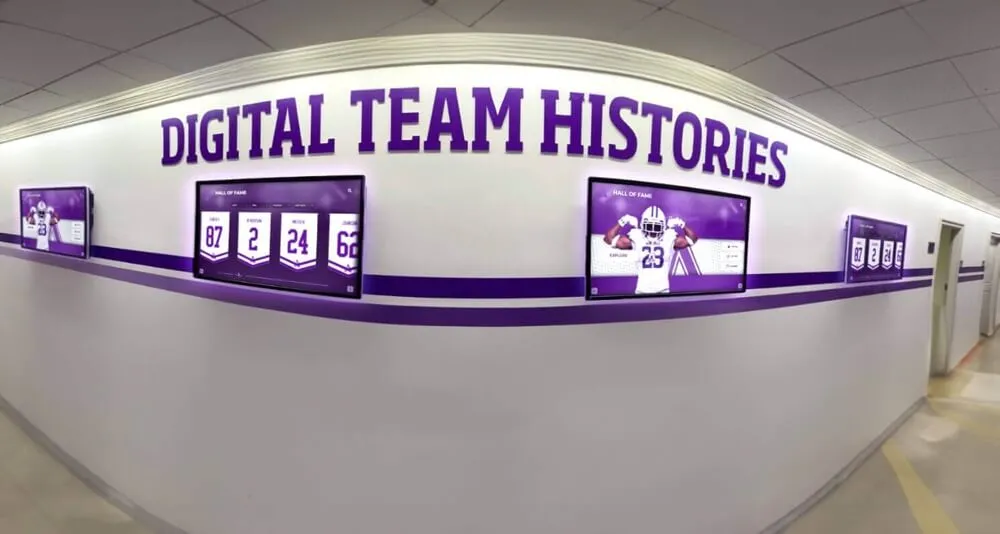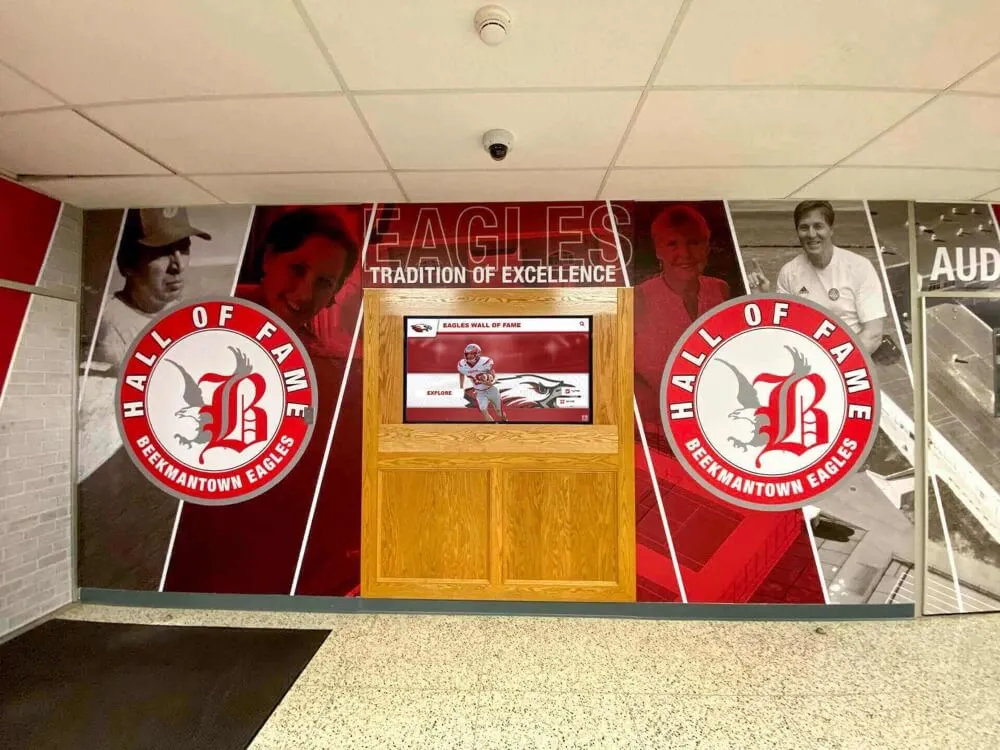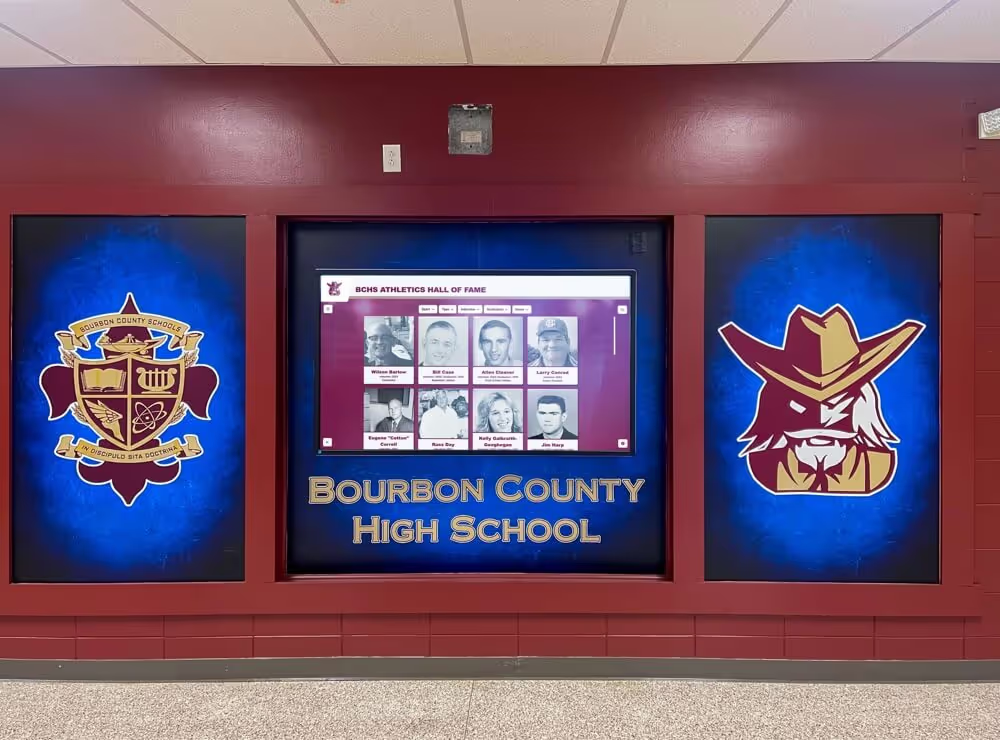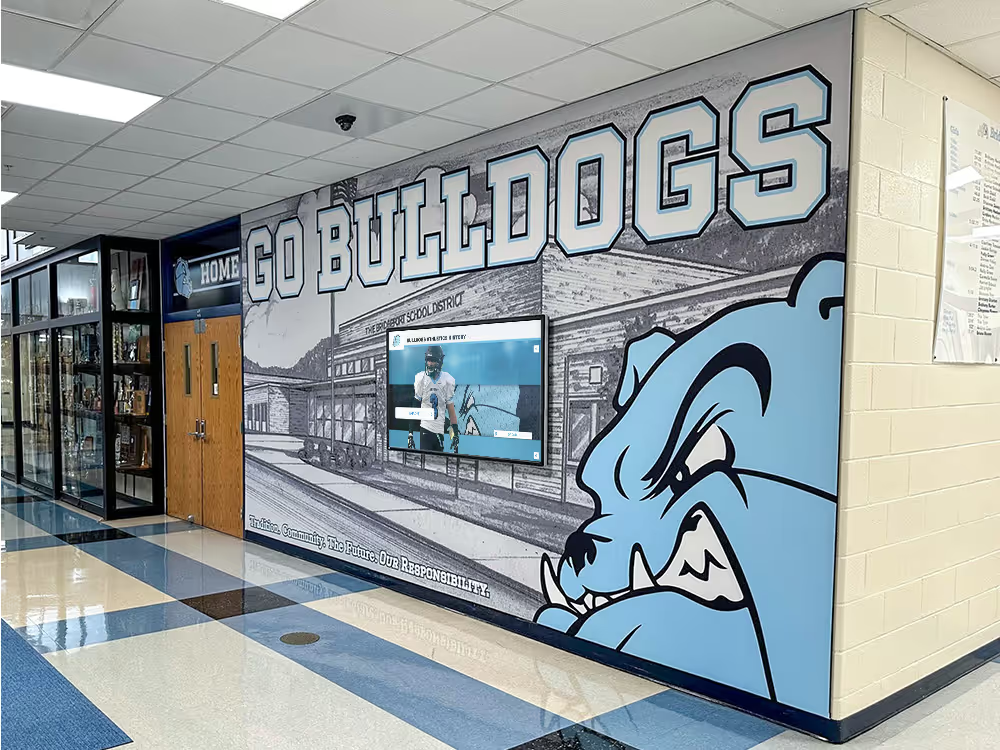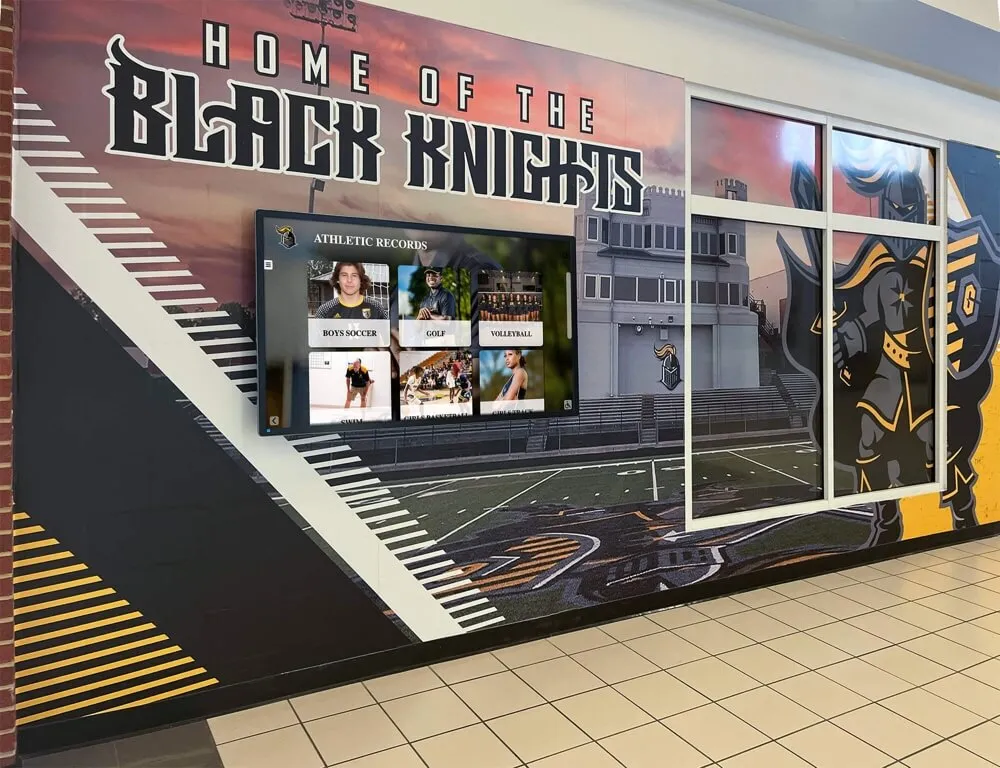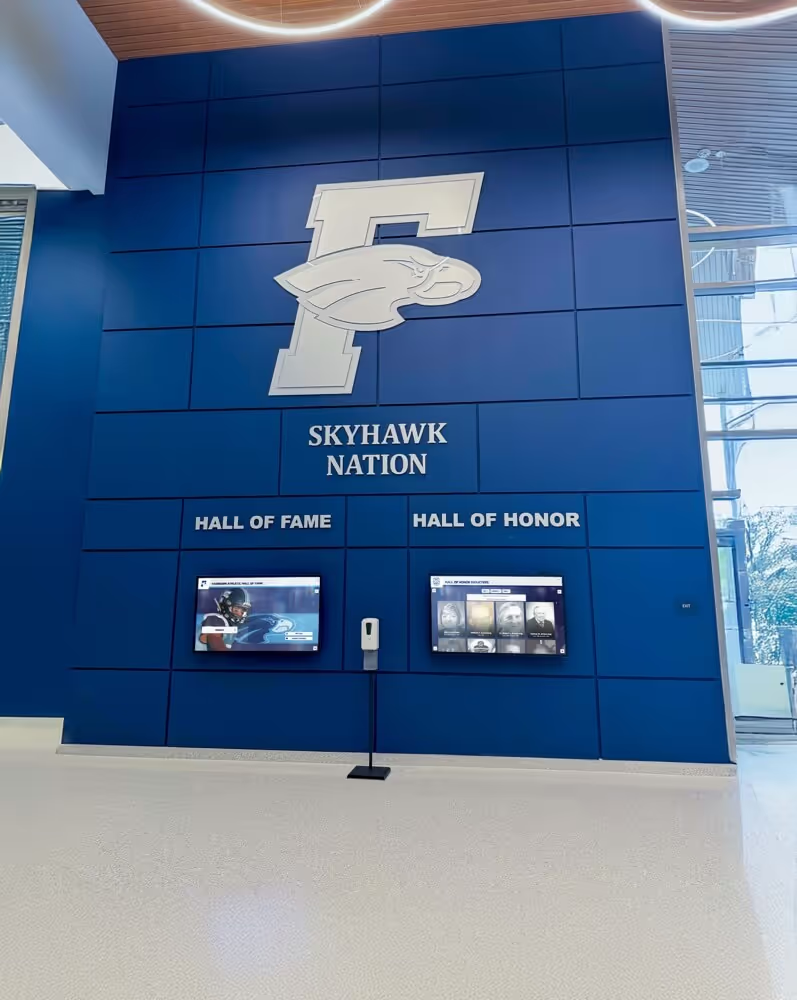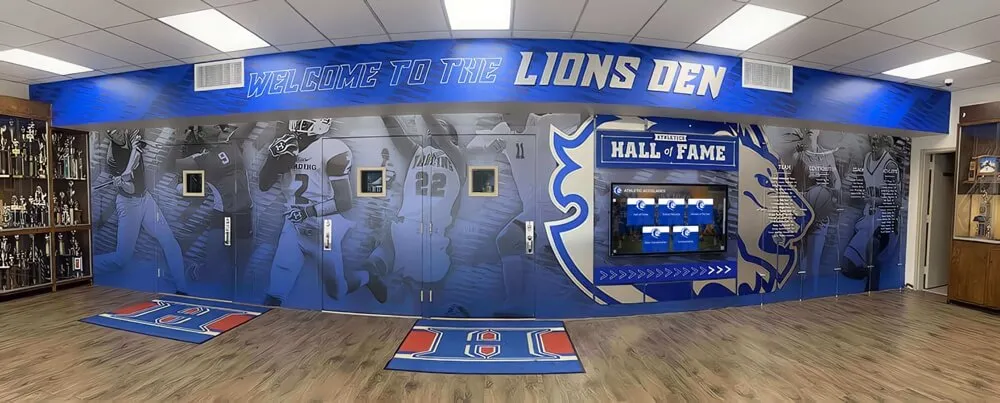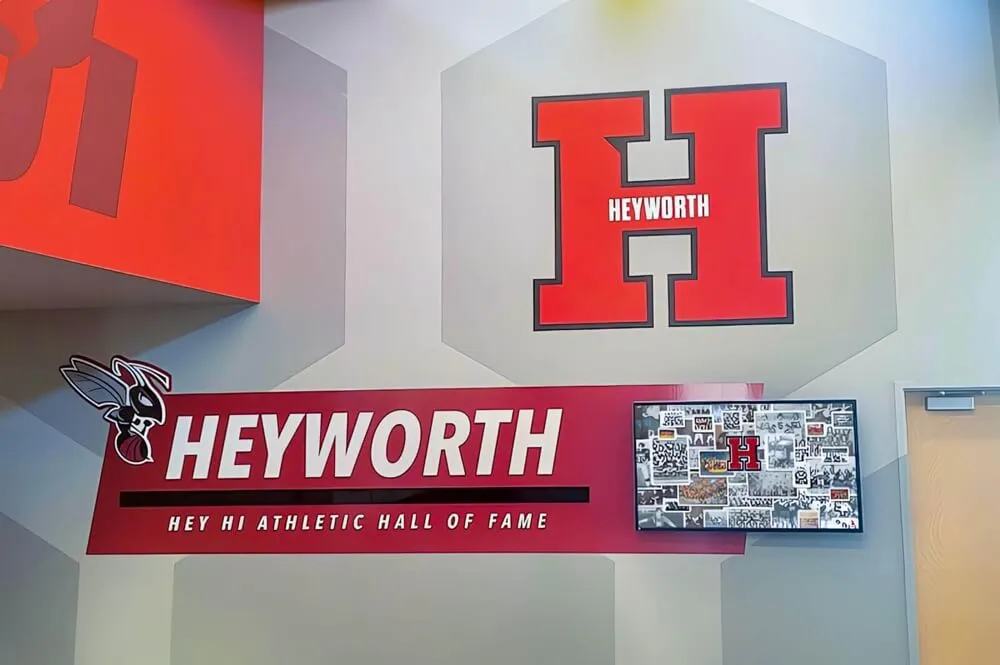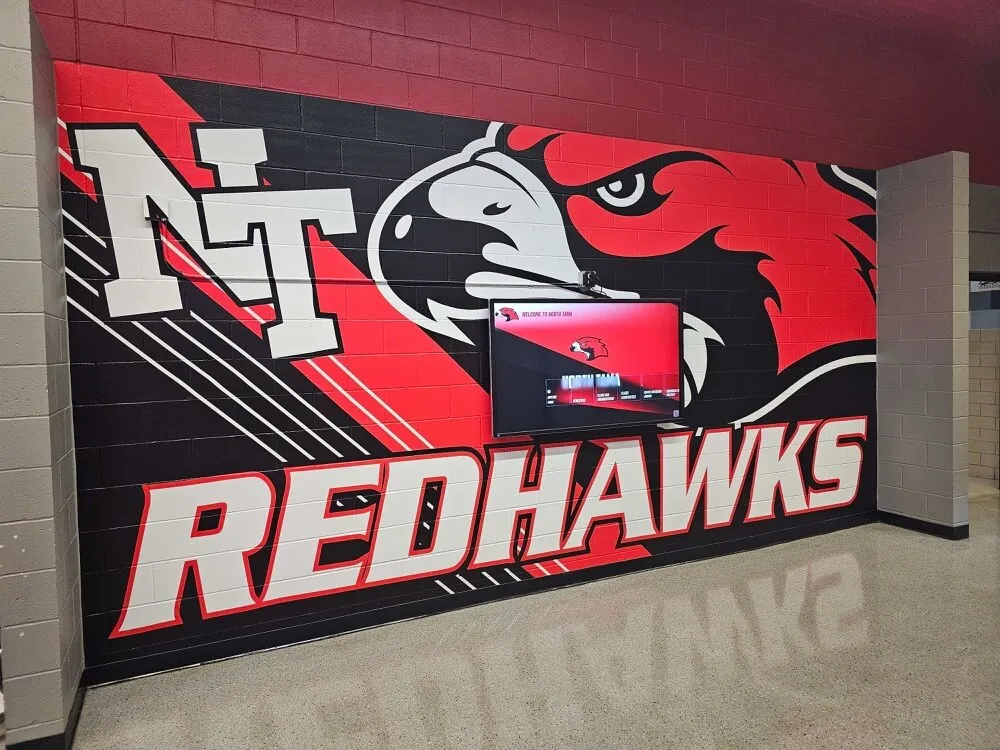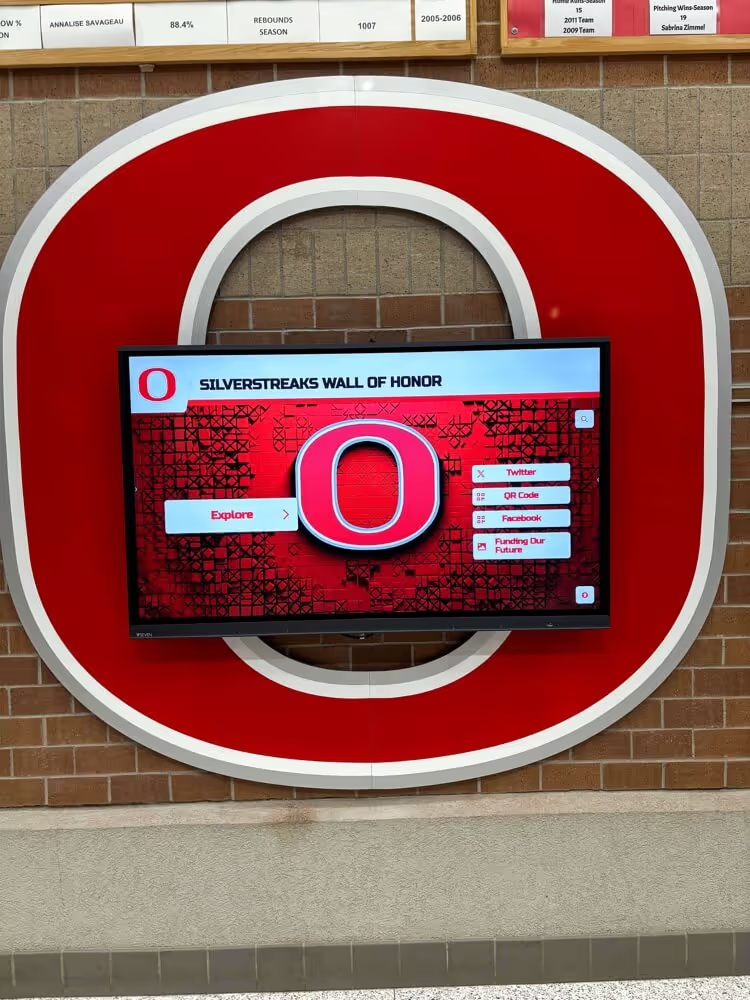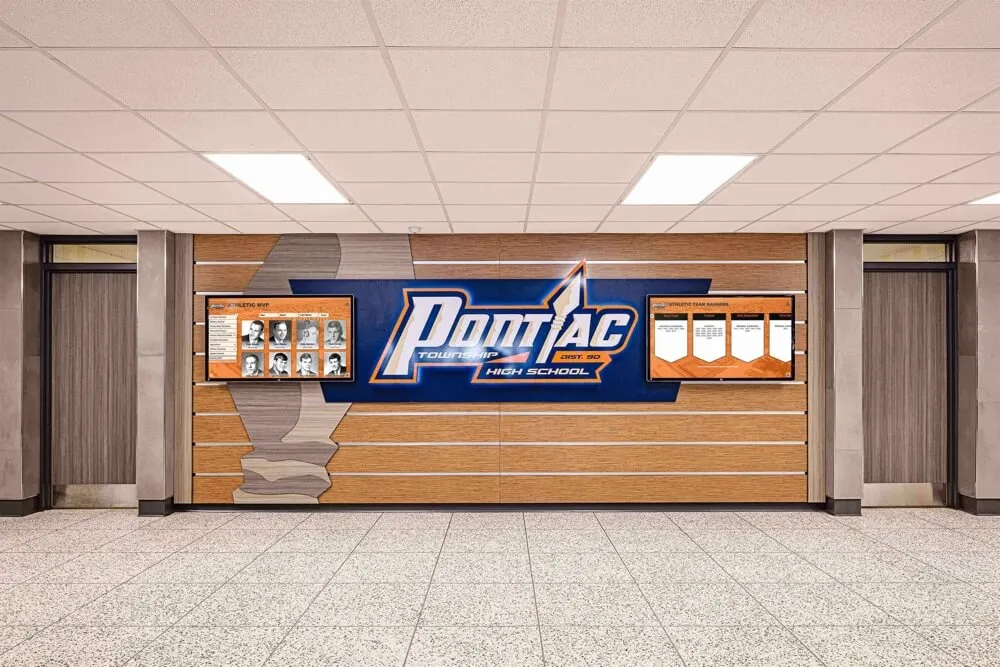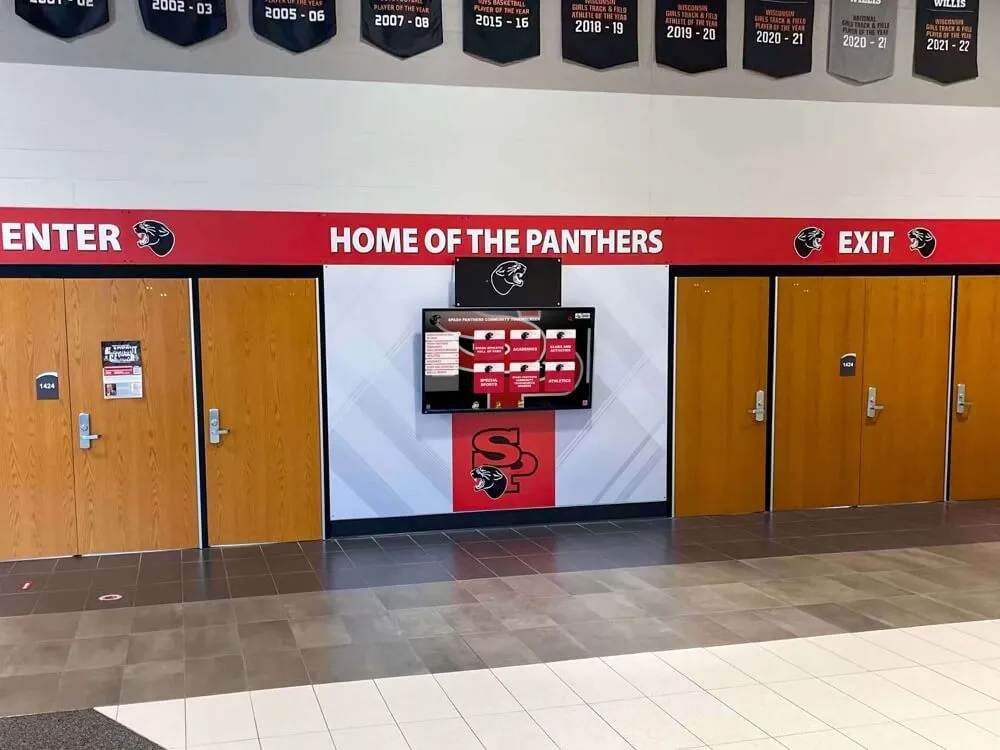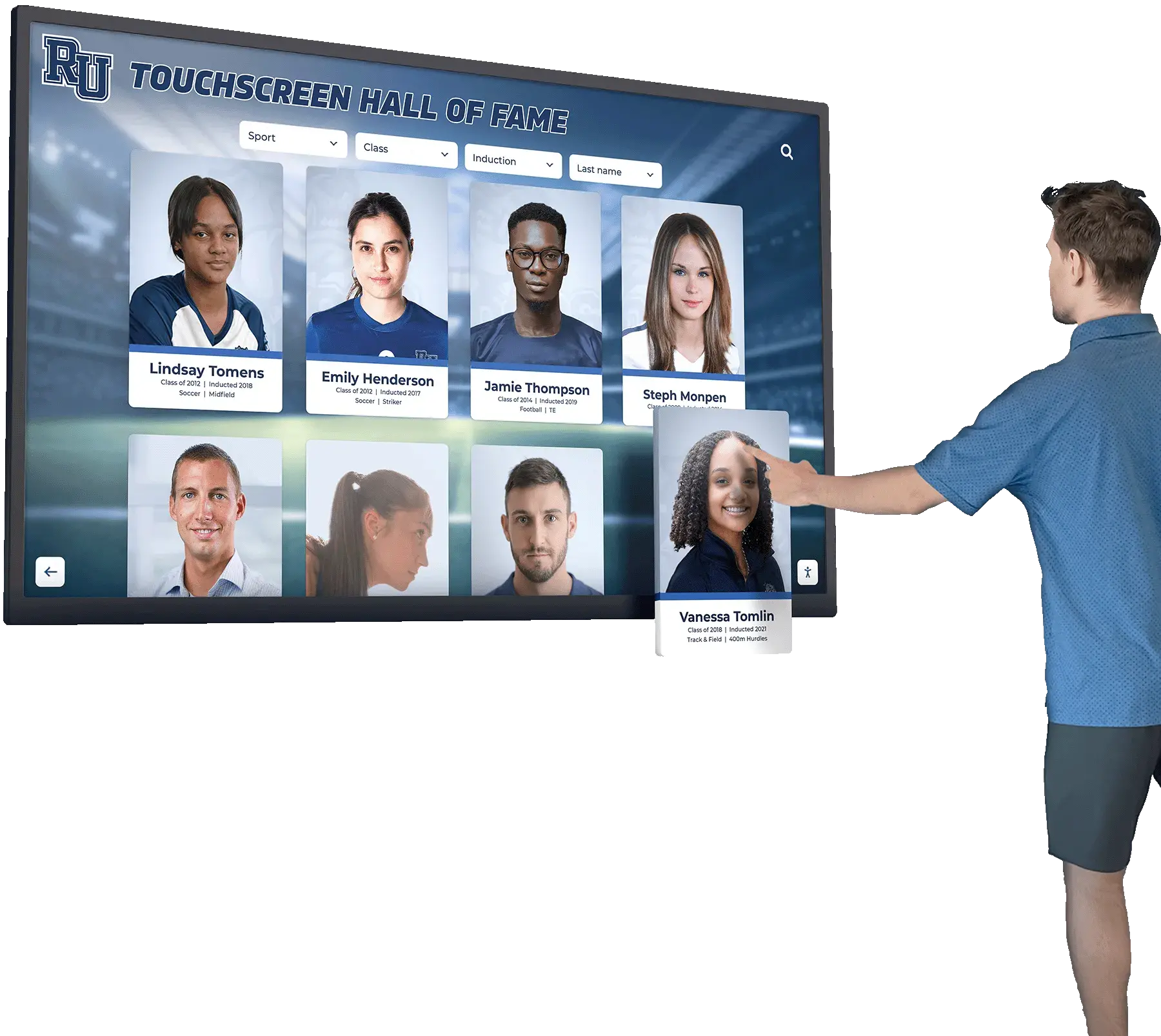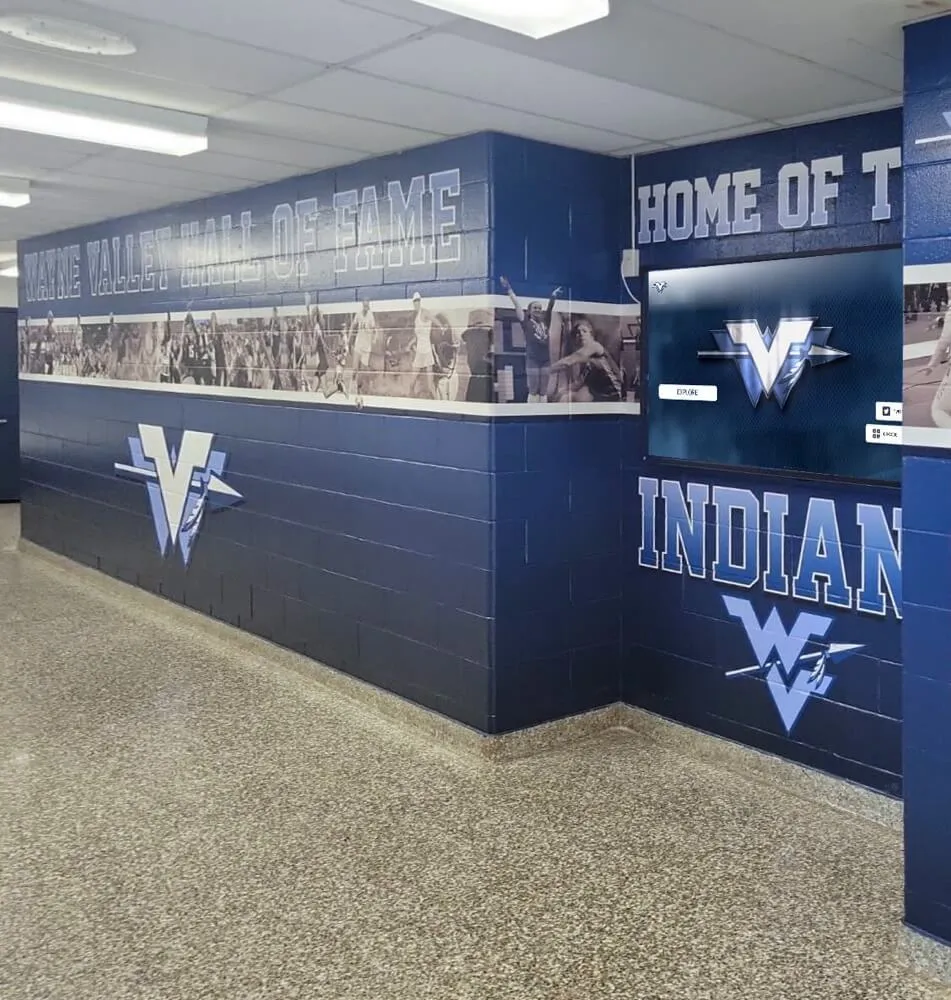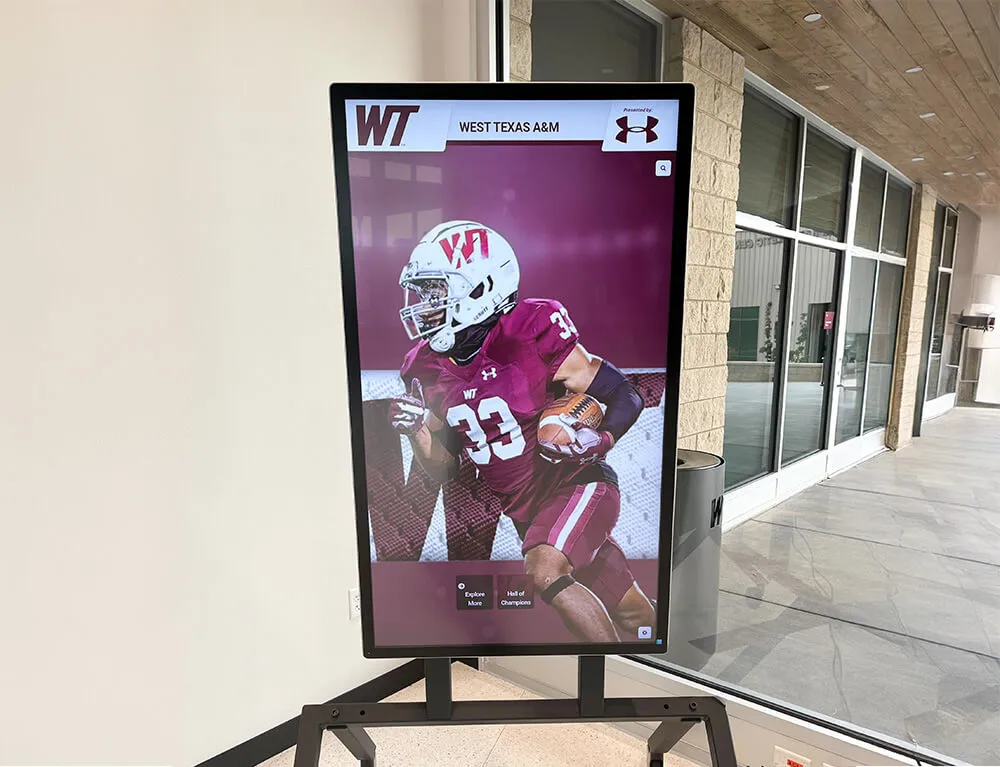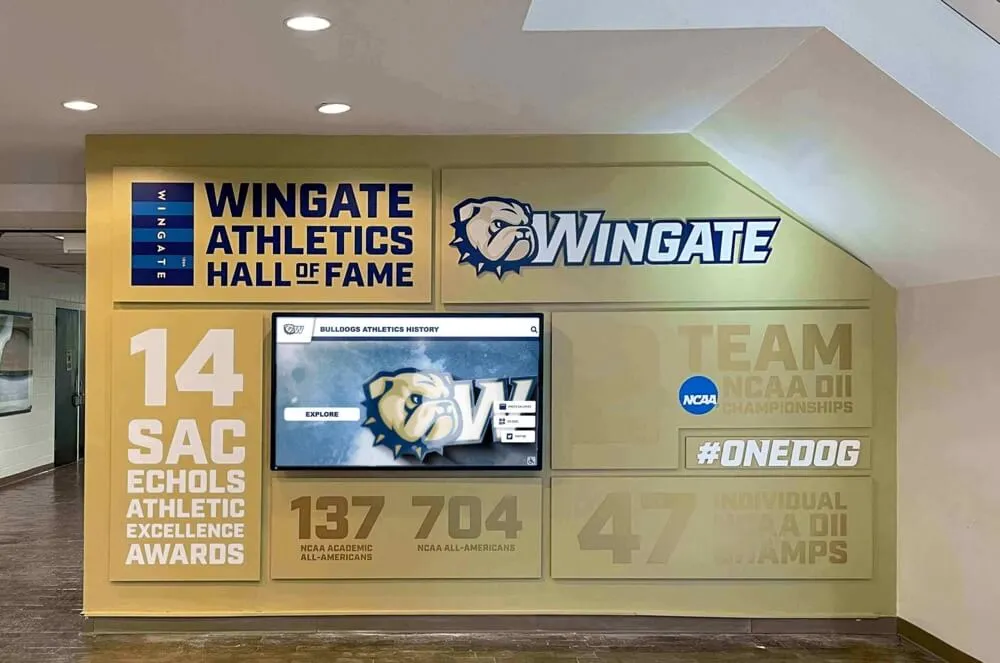The Evolution of Recognition: Introducing the Digital Hall of Fame
For generations, schools have honored their outstanding students, alumni, and faculty through traditional Halls of Fame—often consisting of plaques, photos, and trophy cases lining hallways. While these methods hold historical significance, the Digital Hall of Fame represents the next evolution in school recognition, leveraging technology to create more engaging, accessible, and sustainable tributes.
Defining the Digital Hall of Fame
A Digital Hall of Fame is an interactive system, typically centered around one or more touchscreen displays, used by educational institutions to showcase achievements, honor individuals, and preserve institutional history. Unlike static displays, it offers a dynamic platform where users can actively explore a potentially limitless amount of content, including multimedia elements.
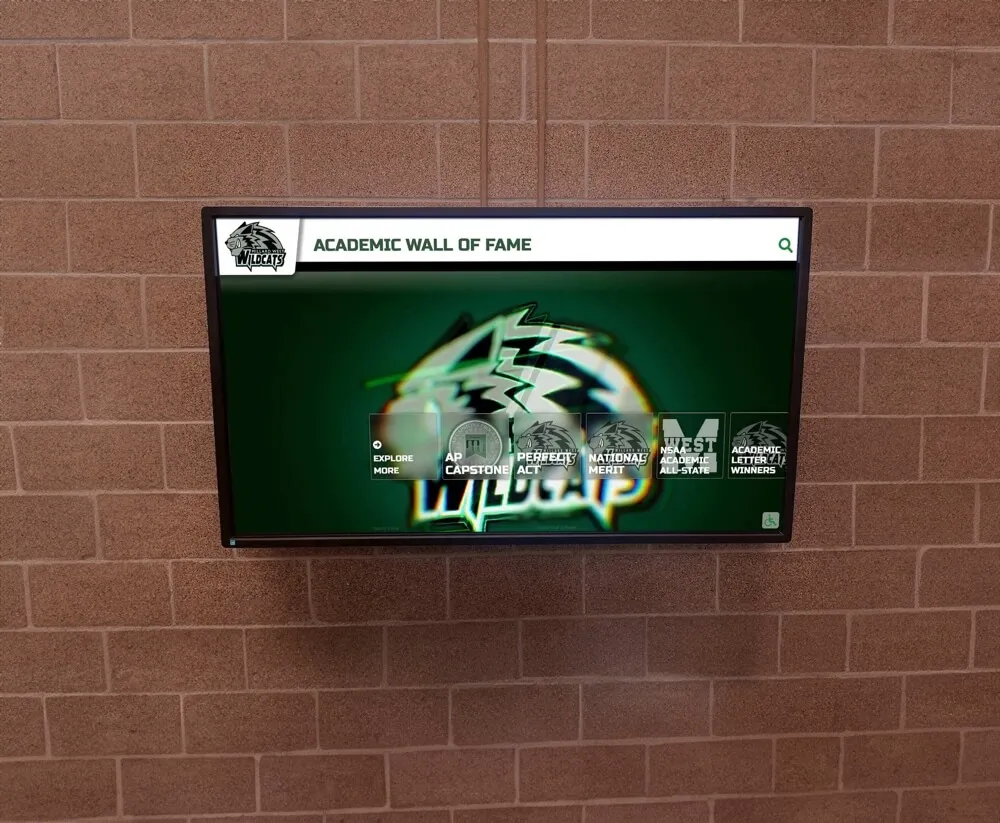
Key Differences from Traditional Halls of Fame
| Feature | Traditional Hall of Fame | Digital Hall of Fame |
|---|---|---|
| Format | Static (Plaques, Photos, Trophies) | Interactive (Touchscreen Displays) |
| Capacity | Limited by physical space | Virtually unlimited |
| Content | Primarily text and static images | Multimedia (Video, Audio, Docs, Photos) |
| Updates | Costly and time-consuming (Physical changes) | Instantaneous via CMS (Software updates) |
| Accessibility | Limited by physical location & format | Enhanced (Remote access, Search, adjustable text) |
| Engagement | Passive viewing | Active exploration (Search, Browse, Interact) |
| Analytics | None | Detailed usage data available |
Why Are Schools Making the Switch?
The move towards Digital Halls of Fame is driven by several key factors:
- Enhanced Engagement: Interactive displays capture attention and encourage deeper exploration, making recognition more meaningful, especially for current students.
- Space Efficiency: Frees up valuable hallway and display case space while allowing for more comprehensive recognition.
- Cost-Effectiveness Over Time: While there’s an initial investment, digital systems eliminate ongoing costs for plaques, printing, and physical updates, contributing to a strong ROI.
- Storytelling Power: Multimedia capabilities allow for richer narratives and more compelling profiles of honorees, improving the content strategy.
- Modern Image: Reflects positively on the institution’s commitment to technology and innovation.
- Improved Accessibility: Features can cater to users with varying physical and visual abilities, promoting inclusive recognition.
- Remote Access: Many systems offer web portals, allowing alumni and community members worldwide to engage, boosting alumni relations.
Core Components of a Digital Hall of Fame System
Typically, a Digital Hall of Fame solution includes:
- Hardware: Commercial-grade touchscreen display(s), mounting hardware, and a media player.
- Software: The Content Management System (CMS) for managing profiles, media, and display settings, and the user-facing interactive software.
- Content: The database of honorees, achievements, historical information, photos, videos, etc.
Getting Started with a Digital Hall of Fame
Transitioning to a digital system involves planning and strategy. Key steps often include defining goals, assessing content, selecting technology, and planning the implementation process. Exploring the benefits and understanding future trends can also help shape your vision.
Is your institution ready to modernize its recognition program? A Digital Hall of Fame offers a powerful way to celebrate your legacy while engaging your entire community. Learn more about our solutions and how they can be tailored to your school’s unique needs.





